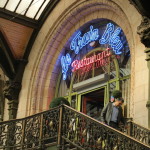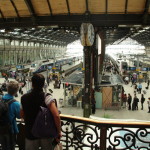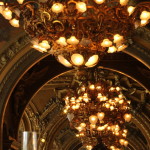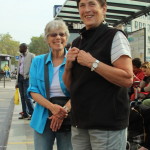Part I-
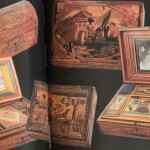
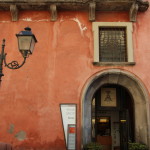 We spent an afternoon on one of our last days in southern Italy trying to learn more about intarsio after reading about the woodworking craft in one of our guidebooks. We visited a huge shop in Sorrento, and after viewing too many too heavily-laquered objects (everything from coasters to music boxes to paintings), we decided to visit a local museum to try to understand the history of the craft. Maybe that could help us better appreciate marquetry furniture which has been a specialty of Sorrento since the 18th century.
We spent an afternoon on one of our last days in southern Italy trying to learn more about intarsio after reading about the woodworking craft in one of our guidebooks. We visited a huge shop in Sorrento, and after viewing too many too heavily-laquered objects (everything from coasters to music boxes to paintings), we decided to visit a local museum to try to understand the history of the craft. Maybe that could help us better appreciate marquetry furniture which has been a specialty of Sorrento since the 18th century.
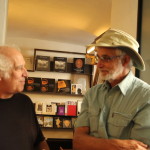
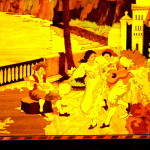 The Museobottega della Tarsialignea is housed in an old home of a noble family of Sorrento. An architect/intarsio artist named Alessandro Fiorentino has collected four floors of examples of Sorrentine inlaid woodwork showing various decorative inlaid woodworking techniques. The contemporary intarsio craftsman uses a very thin blade jig-saw to cut out multiple layers of individual design elements from olive, orange or walnut wood. Then all these little bits, each in its own color and grain, are glued together to form a final decorative design.
The Museobottega della Tarsialignea is housed in an old home of a noble family of Sorrento. An architect/intarsio artist named Alessandro Fiorentino has collected four floors of examples of Sorrentine inlaid woodwork showing various decorative inlaid woodworking techniques. The contemporary intarsio craftsman uses a very thin blade jig-saw to cut out multiple layers of individual design elements from olive, orange or walnut wood. Then all these little bits, each in its own color and grain, are glued together to form a final decorative design.
Sorrento woodworkers made all kinds of furniture and objects: cupboards, tables, frames, trays, mirrors, baskets, etc., but the box was to become the most versatile of objects made. We viewed jewelry boxes, tea boxes, writing cases, and music boxes, but the best boxes we found were the contemporary New Year’s boxes designed by Fiorentino. We discovered this animated intarsio artist working behind the admissions desk of the museum, and were delighted to learn that each year he designs one box, makes 69 more of the same design, and sells them in the museum shop. We loved the modern take on the old craft, especially when we realized that each year the artist chooses part of a well-known past artist’s design and interprets it for his New Year’s box.
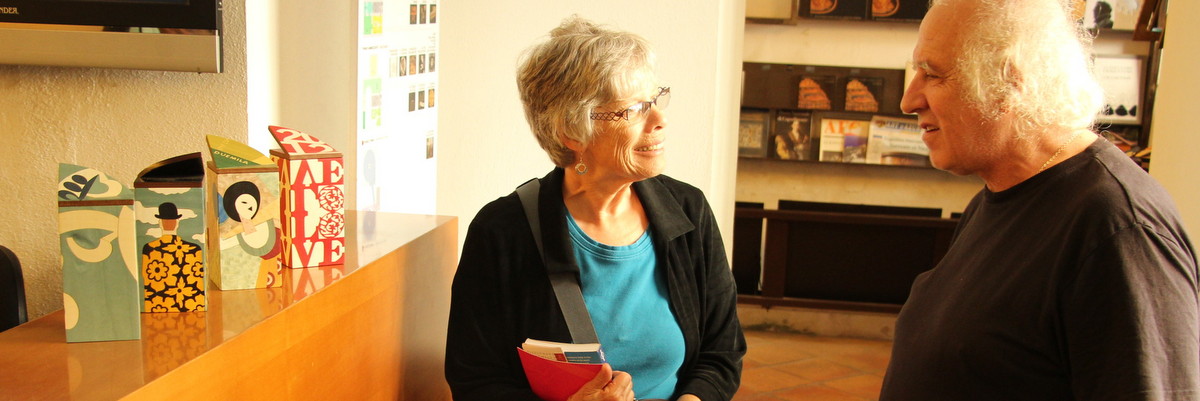
When Leslie asked if we might see an intarsio artist at work, Fiorentino promptly led us to a workshop next door and we happily watched Pasquale ably demonstrate (click here for video) his craft.
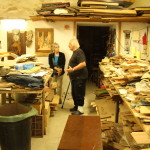
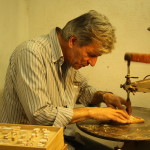
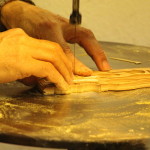
Part II-
Riding the overnight first class Trenitalia from Rome to Paris was a new experience for us, as we usually travel second class, which is certainly quite a clean and comfortable way to see in Italy. In first class, our sleeping compartment was literally an 8′ by 6′ box, complete with a fold-down berth above a sofa which converted into a lower bunk at night. There was also a third bunk, supposedly for a child, in our “family” compartment, but we have no grandchildren with us now, and besides, how would we guarantee that the bambino wouldn’t fall out as we rolled along? Soft comforters and plush pillows were provided, and a small sink with hot and cold water was hidden away. Our train ambled through towns, but in rural areas it went speedily along at 100 mph.
Trains first arrived in Italy in 1839; the first line ran from Naples to the south, crossing the coastal side of Mt. Vesuvius. This is the same train, the Circumvesuviana, that we took from Sorrento as we started our journey toward Paris. In contrast with the U.S., lots of Europeans take the train, as this method of transportation is relatively cheap because trains are generously subsidized, fast and usually quite prompt (unless there is a strike going on…., which we have luckily avoided.) Leslie is reading a collection of short stories on Italy, and one author thinks that Italian travelers prefer rails because of their their dislike of solitude. People in Italy seem to love sociability and companionship, and railway stations and cars tend to promote a communal feeling. We are unsocial now, riding in our 1st class box.
Is this a first class experience? Our sleeping compartment’s silence is periodically interrupted by the train’s melodic horn, reminiscent of a child’s toy horn. Our jackets, hung in front of a large mirror, dance sideways as we roll along. The smells of Lionel electric trains or caps for cap guns of our childhoods periodically permeate the air when the train is stopping. Every once in a while, even if the window is closed, we have to relieve the pressure in our ears as another train flashes by in the opposite direction. Our overnight sleep has been restful, with none of the stiff necks of the past experienced while sleeping overnight in an upright train seat. We’ve missed, however, the conversations with other travelers and the comradeship which comes from traveling with others in a more congenial second class setting. Thinking inside the box promotes further pondering regarding our modes of transportation as arrive at the spectacular Gare du Norde in Paris and have a second breakfast with our great friend Jenny Savrda.
